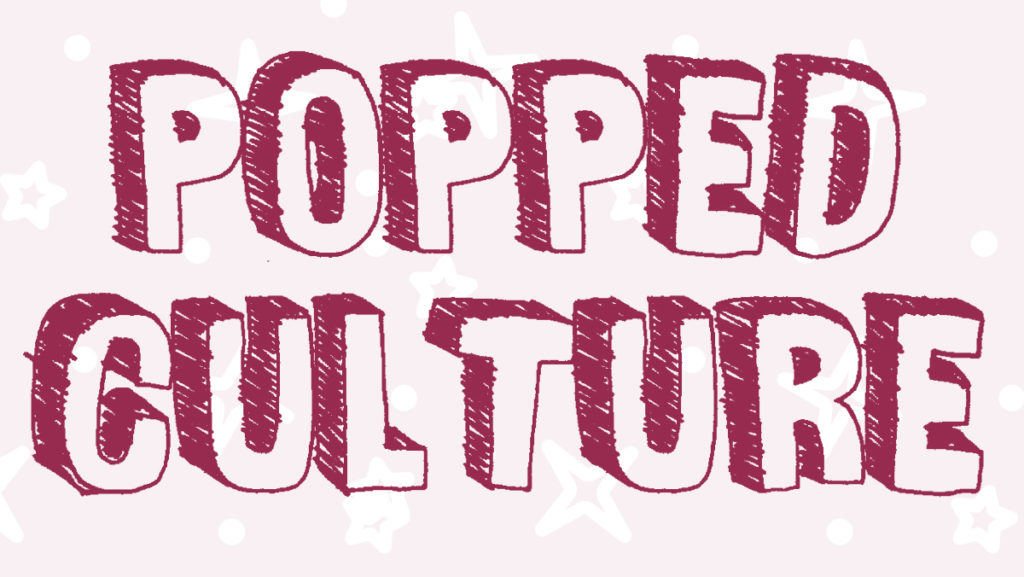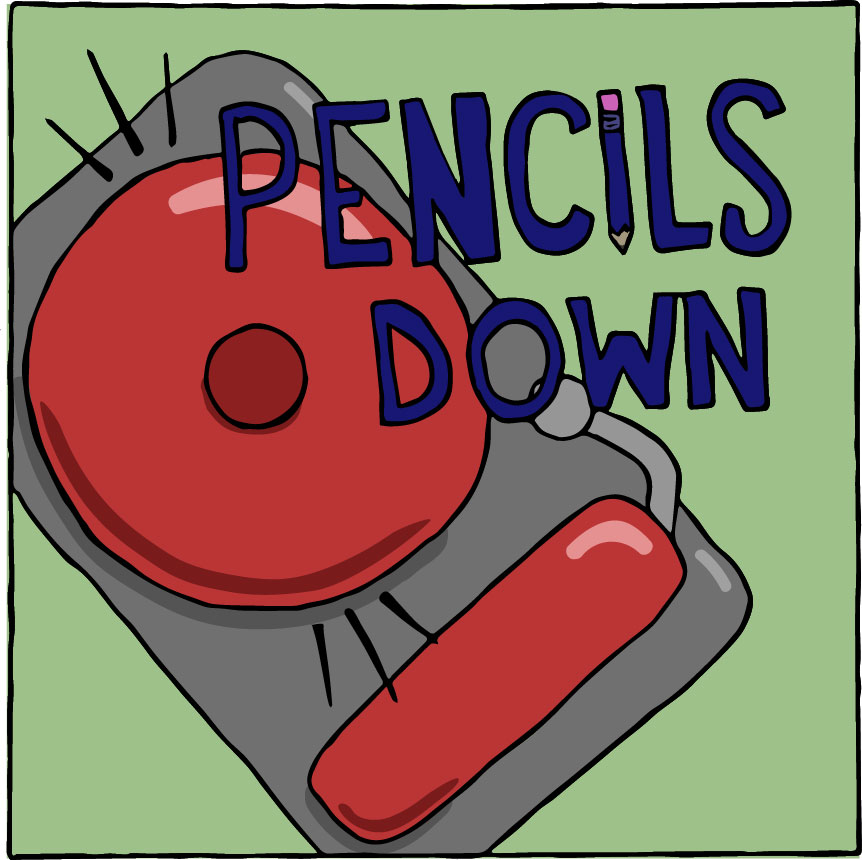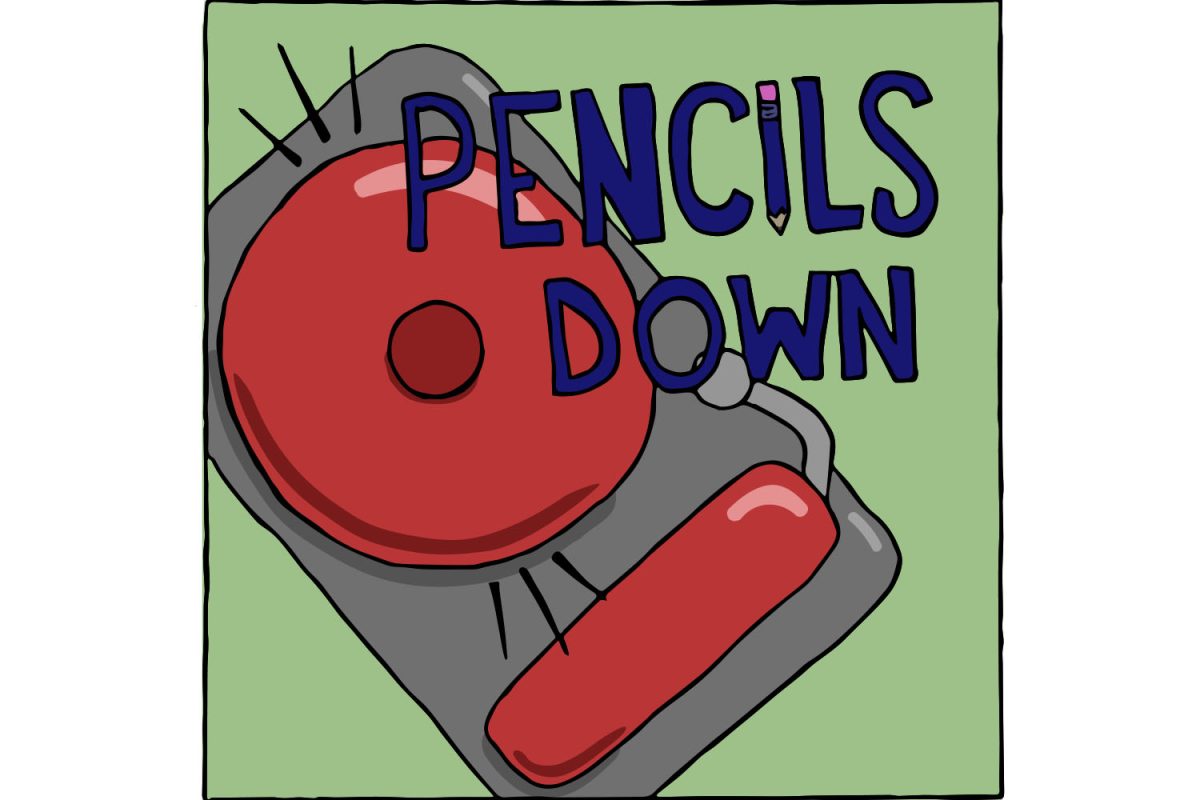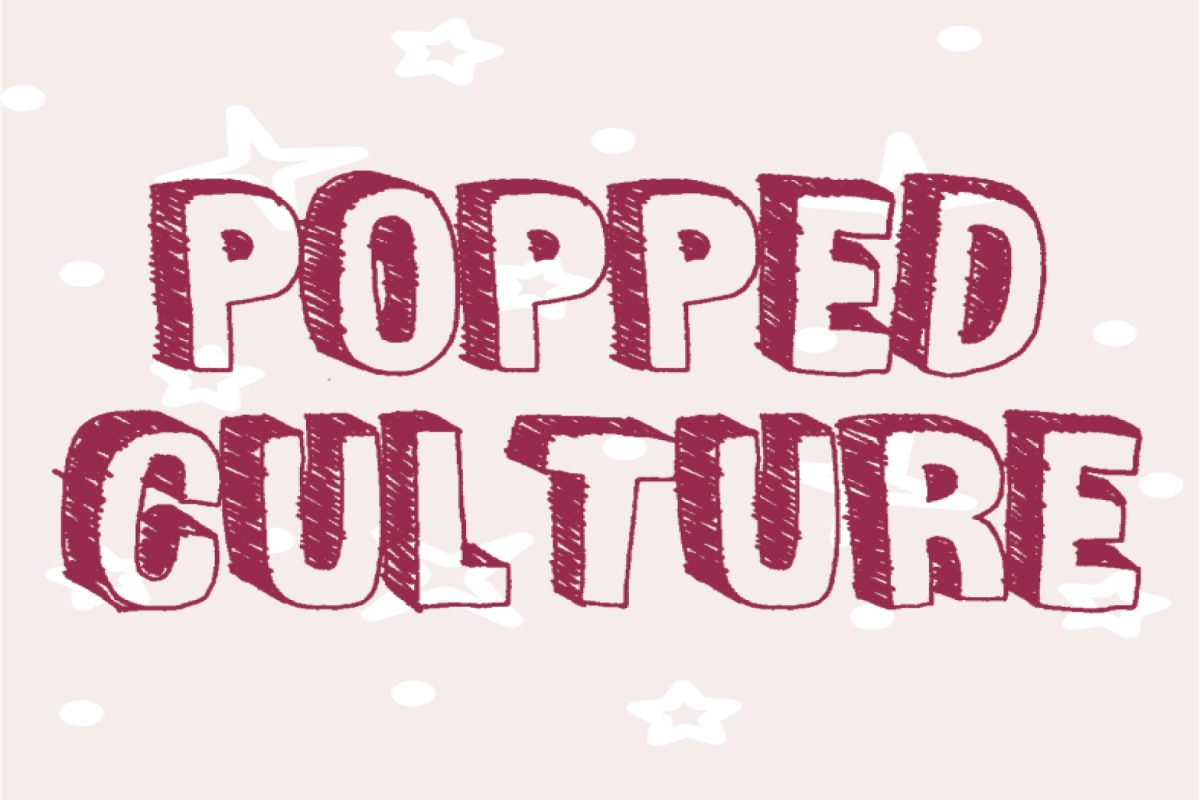Pop music has received quite the boost from TikTok, the latest and exceptionally popular video-sharing social media app. When users of the app come up with dance challenges to catchy pop songs like Amala Dlamini’s, professionally known as Doja Cat, “Say So,” the songs themselves become quickly popular outside the app. Even Lil Nas X’s “Old Town Road” hit the Billboard Hot 100 after it went viral on TikTok in March 2019 following the “Yee Haw Challenge” in which users dressed cowboy style in front of the camera.
In August 2018, TikTok merged with Musical.ly, another video-sharing social media that was popular around a younger audience, to break into the United States market. Since the merger and renaming of the app, TikTok has been extremely successful, with over 1.5 billion downloads worldwide.
Key aspects of the app allow these dance challenges to go viral easily. While Instagram’s feed, for example, largely shows only the posts of the accounts that a user follows, TikTok’s “For You” page feature uses an algorithm that brings a constant flow of new videos to a user whether they follow that person or not. In addition, the app has a 15– or 60–second video limit, a clever tactic to ensure users stay engaged with the videos they’re watching or, for the dance videos, what sounds they’re listening to.
By only giving a taste of these already catchy songs, TikTok users are almost guaranteed to exit the app with a song stuck in their heads. Psychologists call this the Zeigarnik Effect, or the tendency to remember incomplete or interrupted tasks better than one’s ability to remember completed tasks. This effect increases the likelihood of a user looking up the song to stream it, as hearing a song all the way through is an easy way to get a song out of one’s head, according to a study done by Western Washington University.
This phenomenon applied to Doja Cat’s “Say So,” itself already repetitive, catchy and sweet-sounding. The dances themselves are usually uncomplicated with easy-to-memorize moves, another aspect that makes their virality so accessible. While the dances are sometimes created or popularized by TikTok stars like Charli D’Amelio, small creators are often the ones who perform the dances for the first time. Haley Sharpe, the creator of the “Say So” dance, soared to fame after creating the dance and gained 1 million followers in the process.
“Say So” garnered approximately 20 million videos on TikTok — the most popular video by D’Amelio, having 7.3 million likes and 86.5 million views. Users subsequently created dances to Doja Cat’s songs “Candy,” “Boss Bitch” and “Cyber Sex,” quickly making Doja Cat one of the most viral artists in pop music.
Sharpe, however, had little controversy around getting credit for her dance challenge. Jalaiah Harmon, for example, is a young Black girl whose name went unacknowledged for the now wildly popular “Renegade“ dance challenge. Like Harmon, a large portion of TikTok dance creators are people of color and often uncredited for their dances by the TikTok celebrities who went viral doing them.
When Harmon asked to receive credit in the comments section of TikTok videos, massive creators either ignored or mocked her. However, users soon got wind of Harmon’s requests, and creators like D’Amelio and Addison Easterling — both of whom gained a large portion of their followers from their original Renegade videos for which they did not credit Harmon — posted videos doing the challenge with her after the fact.
A Black creator whose dance caught the attention of the song’s artist is Keara Wilson. Wilson started the “Savage Challenge” with her dance to “Savage” by rapper Megan Thee Stallion, real name Megan Pete. The song took off after millions performed and posted Wilson’s dance, including Pete herself, who posted a video of her doing the dance on Instagram. Around the same time, a remix featuring Beyoncé was released. Wilson also created a dance to Beyoncé’s part of the remix, and, combined with the buzz around Beyoncé’s new addition, the song’s popularity only increased.
While TikTok has brought less popular artists to the top, the app has also increased the popularity of other already well-known artists. Before D’Amelio popularized BROCKHAMPTON’s 2019 song “Sugar” by dancing to it on TikTok, the rap group’s song “Bleach” was its most popular with 127 million Spotify streams. Now “Sugar,” released in August 2019, dominates BROCKHAMPTON’s Spotify with 218 million streams.
Between the app’s built–in features and the way people tend to use it, TikTok has had a huge impact on the popularization of music. A social media app notably distinct from all others is obviously going to procure a lot of users, but TikTok has broken all expectations and upended the conventional definition of viral.
The app is filled with inside jokes and even has its own celebrities, like D’Amelio, who became famous through the app. With this much influence over its users, it’s no surprise how big of an effect TikTok has had in the music world. Although this app had a fast rise to the top, its effect on many musical artists’ and creators’ lives is irreversible — an impact that only stresses the need to give credit where credit is due, especially to underrepresented artists.





